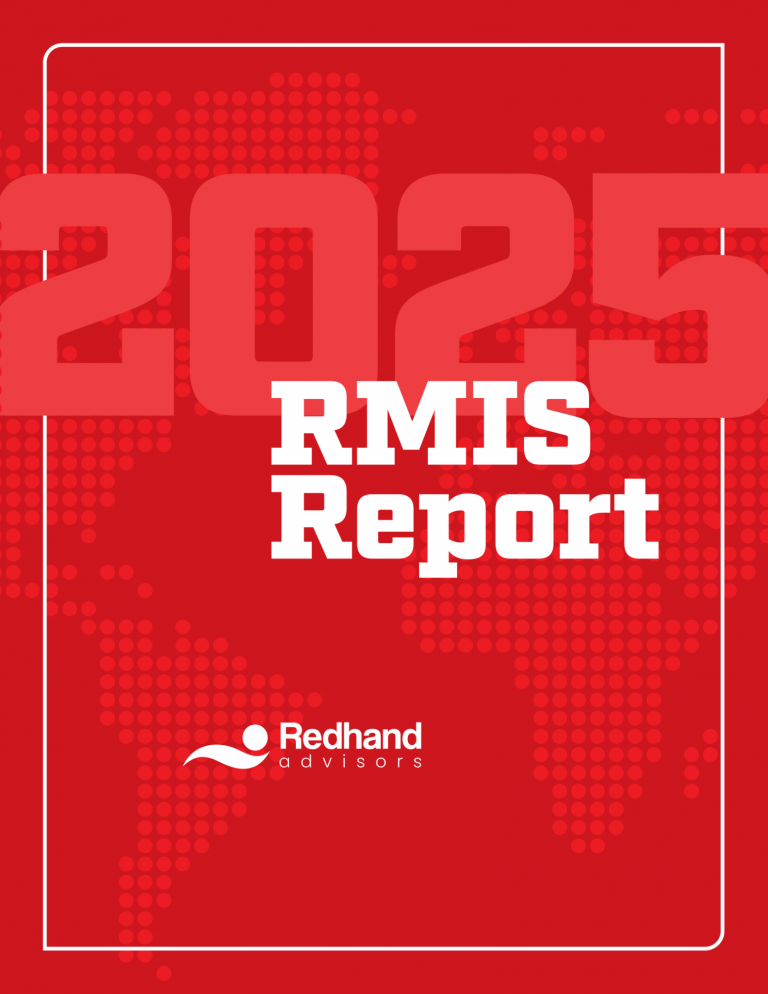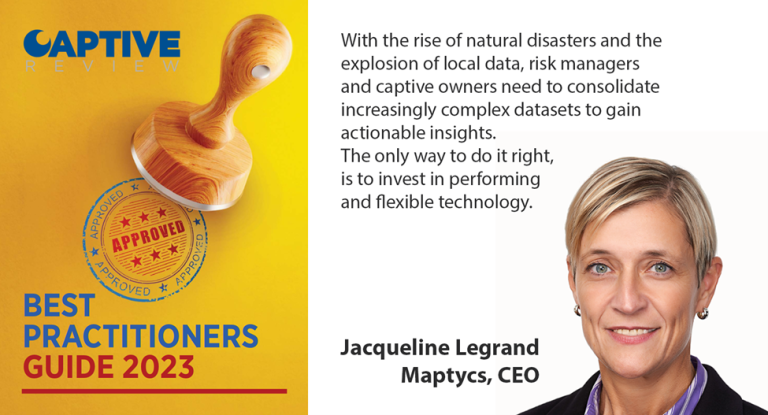By Jacqueline Legrand on PropertyCasualty360
Insurers are stuck between a rock and a hard place.
The recent COVID-19 pandemic has forced much of the world to grind to a halt. As companies struggle to manage the impacts on their supply chains and bottom line, greater pressure is placed on insurers to support their clients while also mitigating the downside for their own businesses.
On one end, the needs of insureds are higher. Business operations are global and more complex; all the while, clients expect more bespoke service and support.
At the same time, markets are hardening due to catastrophe loss experience and higher reinsurance costs. Even before the novel coronavirus outbreak, insurers were struggling to keep up with increased severity, frequency, and uncertainty of natural catastrophes and other emerging risks.
Caught between higher demands and tightening supply, insurers have begun looking to next-generation technologies to compute adequate rates and come up with new types of coverage such as parametric insurance while also ensuring their own underwriting profitability.
Big data is one area drawing greater attention, and big data analytics can improve strategic decision making. Yet, it isn’t as simple as collecting vast amounts of information. To take advantage of big data technology, insurance managers and underwriters need to first understand how to leverage its power in supporting their specific needs.
Personalize and optimize
According to a 2019 Deloitte survey, only 40% of organizations utilize big data and analytics despite more than two-thirds of responders believe the emerging tech would dramatically increase operational efficiency and enhance risk analysis and detection.
Big data analytics allows large and small insurers to see the big picture and enhance underwriting capabilities by providing a faster and deeper understanding of risk exposure. By incorporating data from internal and external sources, as well as real-time monitoring of catastrophic impacts, infection rates and prevention methods, insurers are able to compute adequate premium rates for their clients and allow real-time risk assurance.
As P&C premium rates continue to rise, case-by-case analysis adds a valuable layer during renewal conversation with clients who have unique expectations and demands. Insurers can understand their clients’ loss history and status of current claims, differentiate their risk against their total portfolio, and develop a high-quality underwriting submission tailored to industry trends and challenges.
Close the gap
Insurers are facing pressures from all sides to close the protection gap between insureds and economic losses. This gap has continued to widen as the scale of serious natural catastrophes have increased, and black swan events like COVID-19 have emerged, challenging us to react to an unprecedented situation and to understand the potential impacts on the various dimensions: sanitary, economic and financial.
Truly understanding current risks is vital to narrow the gap, and as data becomes increasingly open and transparent, insurers that use technologies to leverage that information can identify opportunities and mitigate damages.
A critical benefit of big data analytics is in improving the accuracy of loss projections and producing real-time insights of events as they occur. Climate risk is constantly evolving, and past observations are not necessarily representative of the potential damages of today’s risk. Modern tools and platforms open up possibilities to maneuver through the complexity that defines the new world of insurance, especially during a pandemic when information is coming from a multitude of sources.
Accurate and timely projects have cascading effects and material impacts on reserves, renewal premiums and T&Cs. Investors, ratings agencies and reinsurers look to risk resilience and strong mitigation processes. Therefore, insurers that invest in big data analytics tools can showcase their own ability to pay future claims and demonstrate the capacity to responsibly underwrite risk.
Halt the DRIP
The number of companies using big data analytics is projected to more than double in the coming years. Staying ahead of the curve is absolutely essential for insurers to ensure longevity.
As the author and business management guru Robert Waterman observed 35 years ago, companies are “data-rich and information poor.” In spite of (or as a result of) having more access to data, business leaders still struggle with incorporating data into their business strategies. Top management can often rely excessively on experience over data due to frustrating data silos, poor integrations with existing systems, or outdated technologies.
The “Data-Rich, Information Poor” (DRIP) status must change as the insurance world heads into the new decade. More attention should be placed in making sense of the immense amount of public and private data insurers have access to, and insurance companies that fall behind on innovation will inevitably see their own demise. Companies that halt the DRIP and make financial, social, and cultural investments to become information-rich will be capable of adapting and taking advantage of the new normal.
Moving forward
In a global and increasingly interconnected world, risks do not spread in isolation; their speed and impact are magnified because they are intertwined. This trend will not reverse, so it is on all those in the insurance industry to adapt. We already fear the ripple effects of the current pandemic on business continuity, supply chains, and public health. As the world continues to face greater levels of risk, big data analytics technology is, and forever will be, crucial in helping insurance companies gain actionable insights as the volume of external risk data explodes; in monitoring and mitigating large-scale events as they unfold; and developing business intelligence in real-time on emerging risks.














